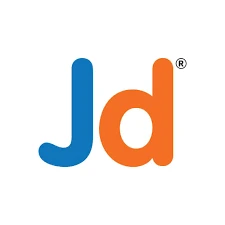The scope of the "Data Analytics Using SAS " course in India is promising, considering the increasing demand for skilled data analysts and SAS programmers across various industries. Here's why:
- Growing Demand for Data Analytics: With the proliferation of data in every sector, there's a rising demand for professionals who can effectively analyze and derive insights from this data. Industries such as banking, finance, healthcare, retail, and e-commerce are actively seeking skilled data analysts.
- Preferred Tool in Industry: SAS (Statistical Analysis System) is widely used in industries globally, including India, for its robust capabilities in data management, analytics, and reporting. Many organizations, especially in sectors like banking, insurance, and pharmaceuticals, rely on SAS for their analytical needs.
- Government and Healthcare Sectors: In India, government initiatives such as Smart Cities, Digital India, and healthcare reforms generate vast amounts of data. SAS skills are valuable in analyzing this data to make informed decisions and policy recommendations.
- Career Opportunities: Completion of the course opens up various career opportunities in roles such as Data Analyst, Business Analyst, Statistical Analyst, SAS Programmer, Research Analyst, and Data Scientist. These roles are in demand not only in IT companies but also in consulting firms, research organizations, and government agencies.
- Salary Potential: Skilled professionals with expertise in SAS programming and analytics command attractive salaries in the Indian job market. Salaries vary depending on factors such as experience, location, and industry, but they generally reflect the high demand for these skills.
- Continuous Learning and Development: The field of data analytics is dynamic, with new techniques and technologies emerging regularly. Continuous learning and upskilling are essential to stay relevant in this field. Completing the "Analytics Using SAS Programming" course equips individuals with a strong foundation to pursue further specialization and career advancement in data analytics.
Overall, the "Analytics Using SAS
Programming" course offers promising career prospects in India, given the
country's growing focus on leveraging data for strategic decision-making across
industries.








 4.8 (21,636) reviews
4.8 (21,636) reviews


 Read more
Read more 
